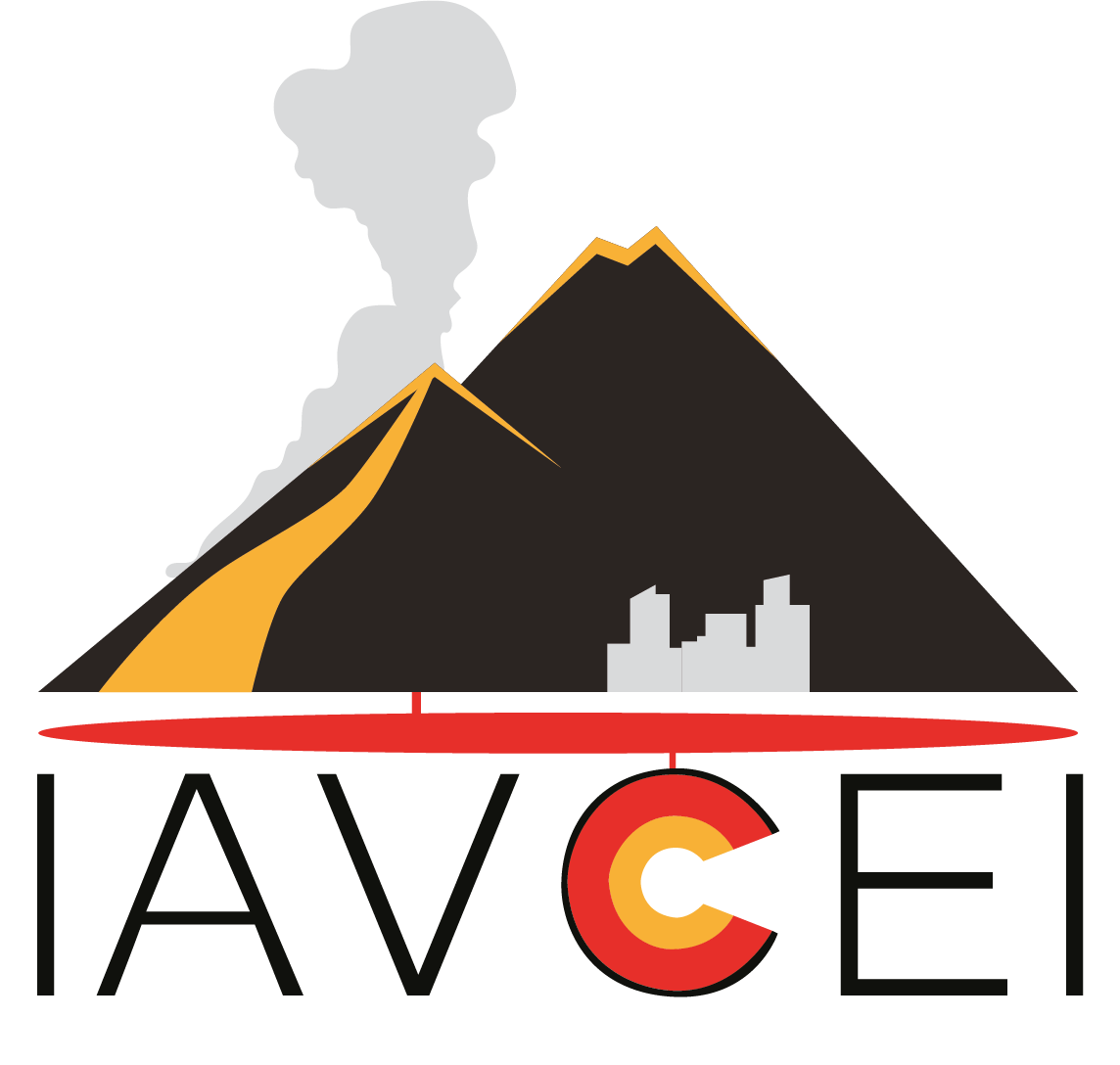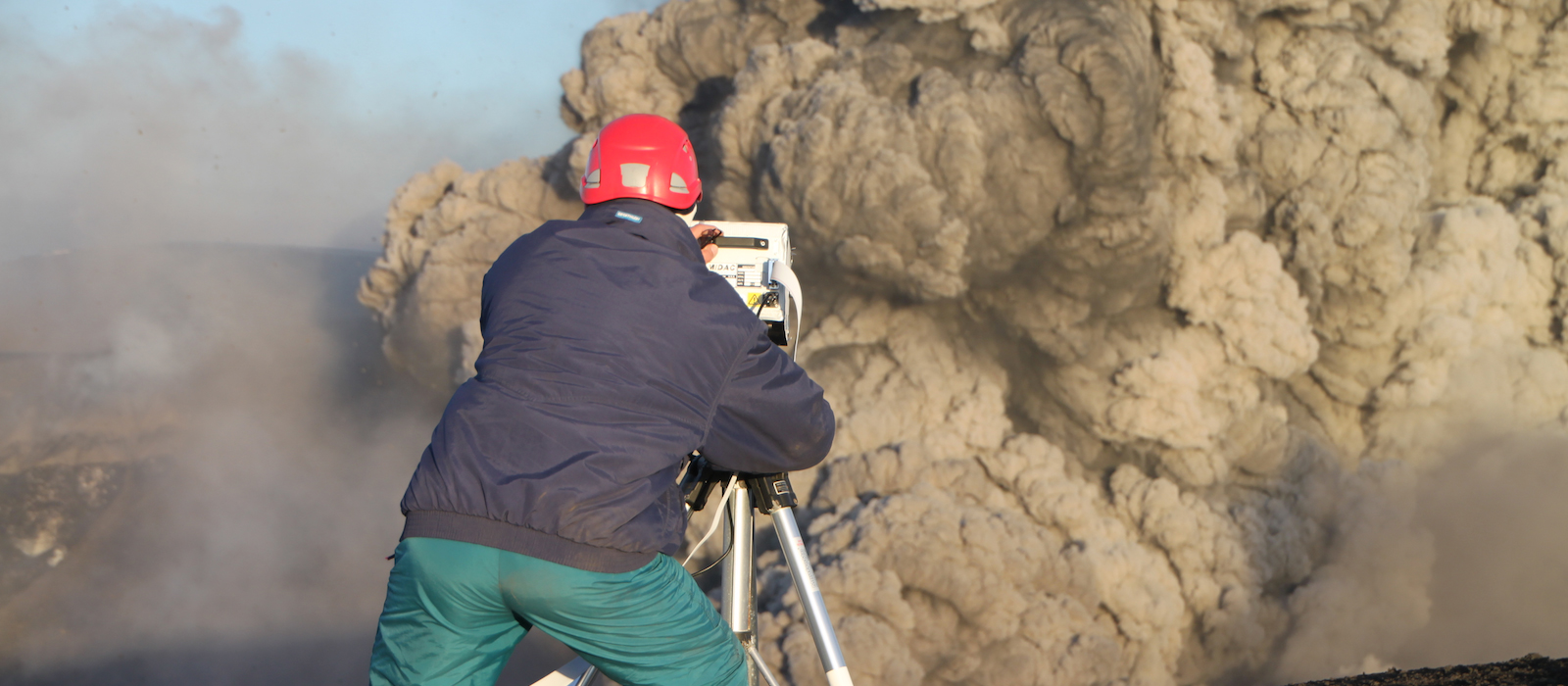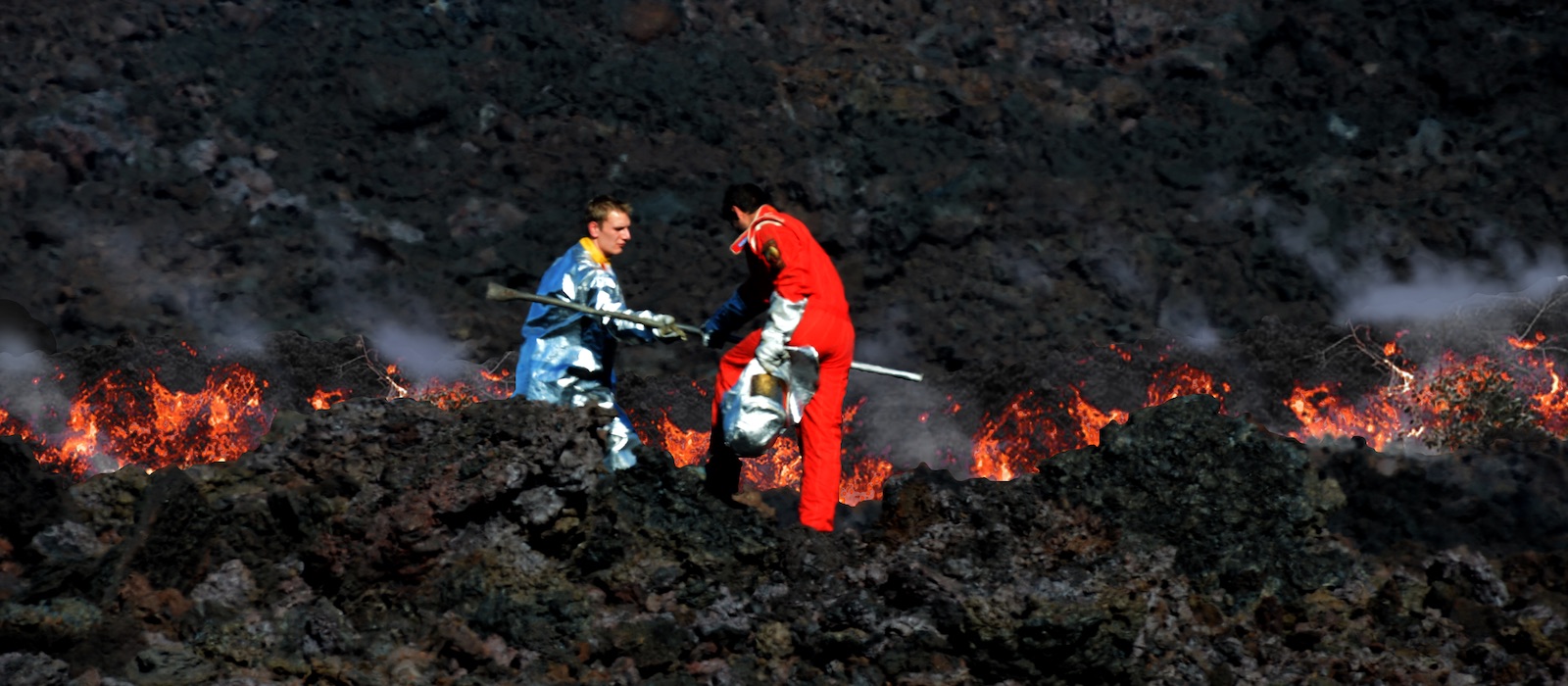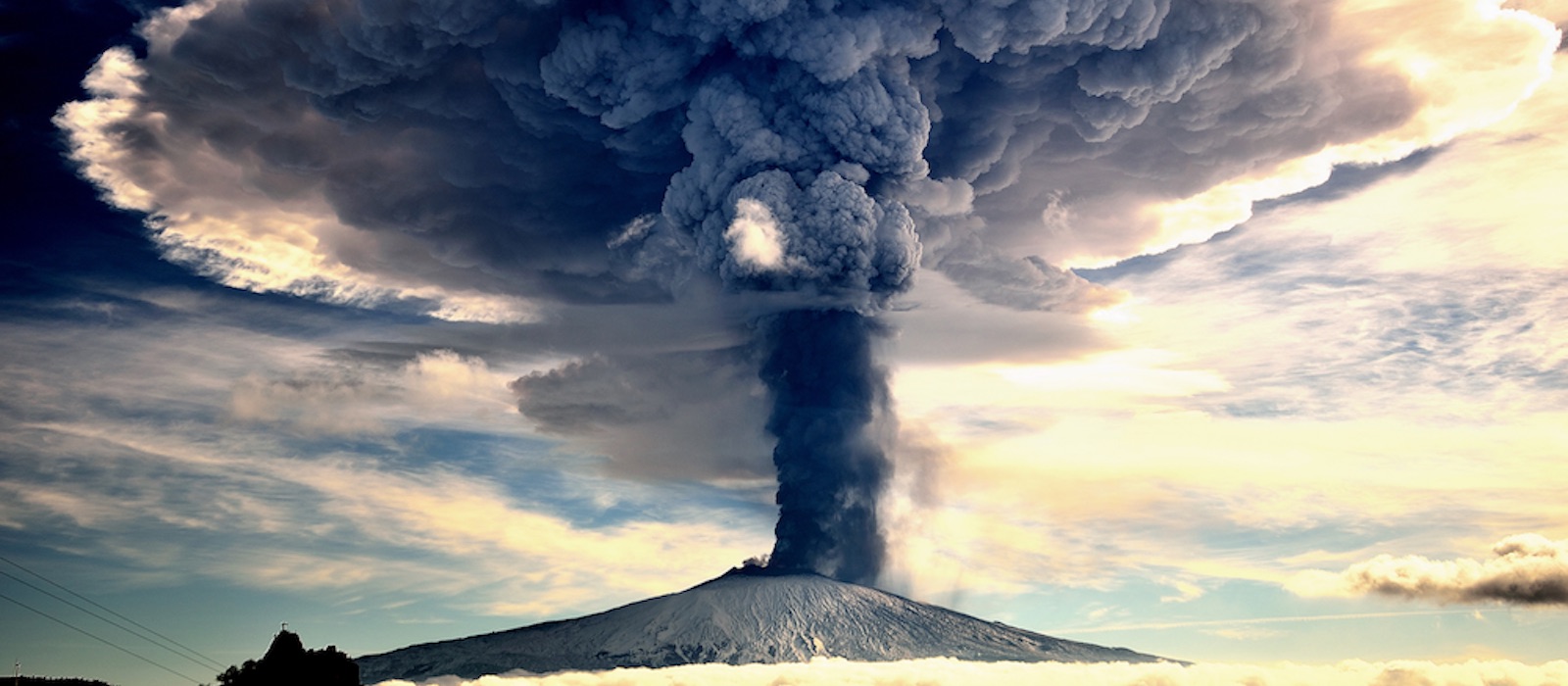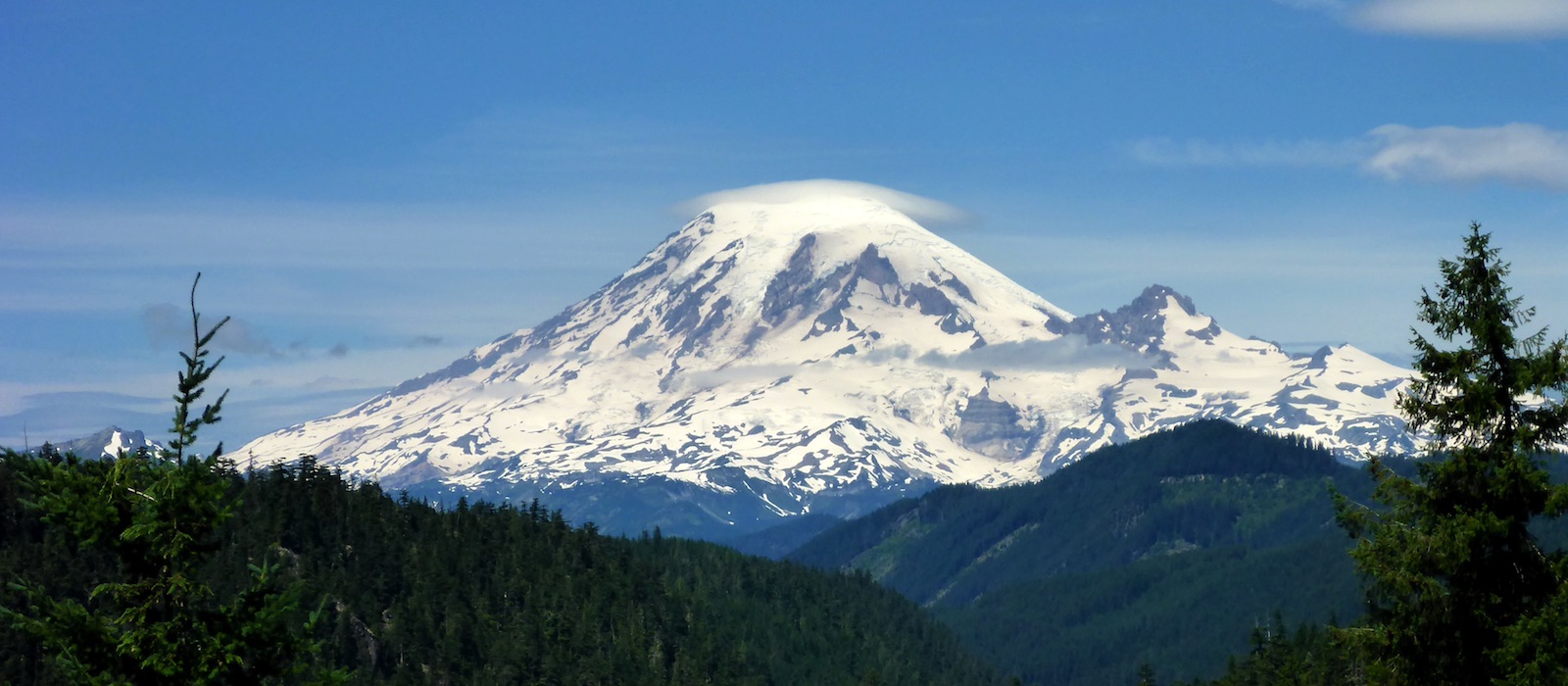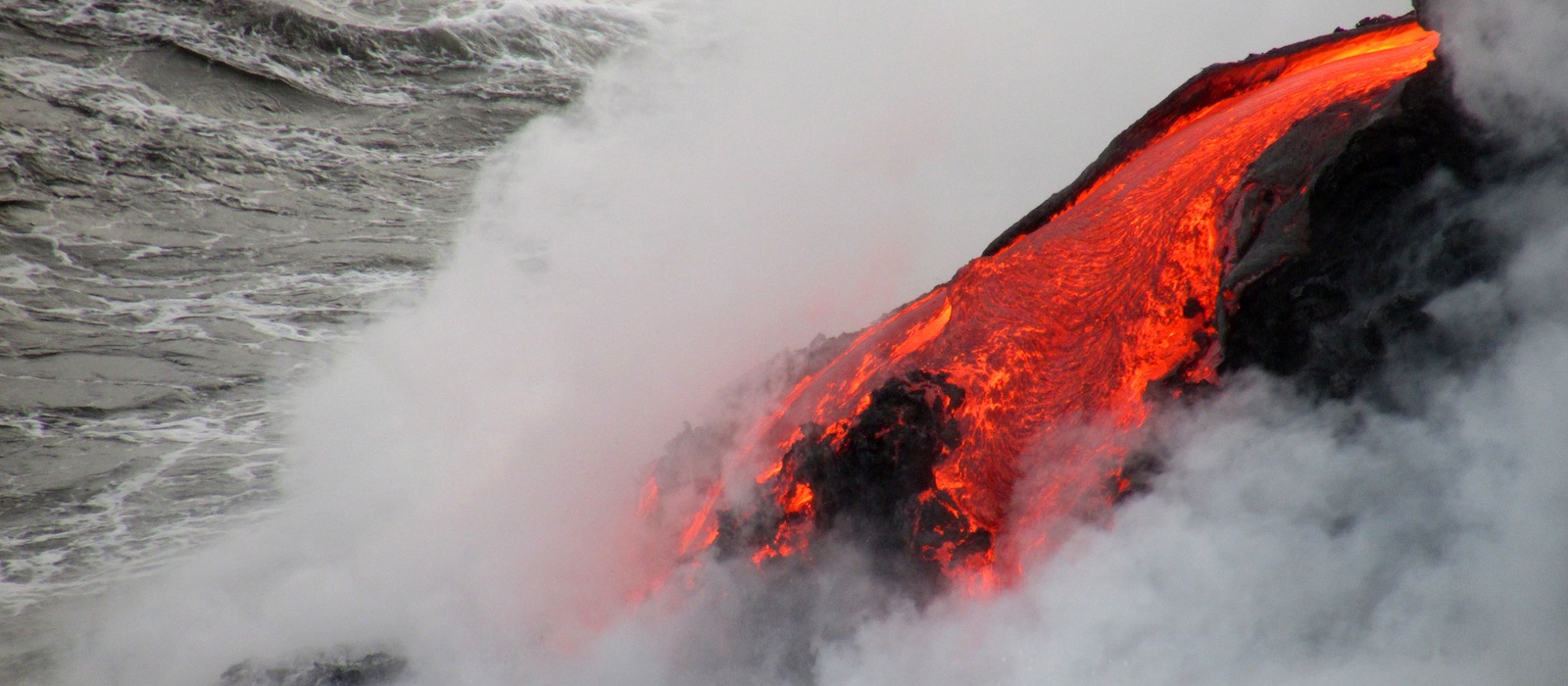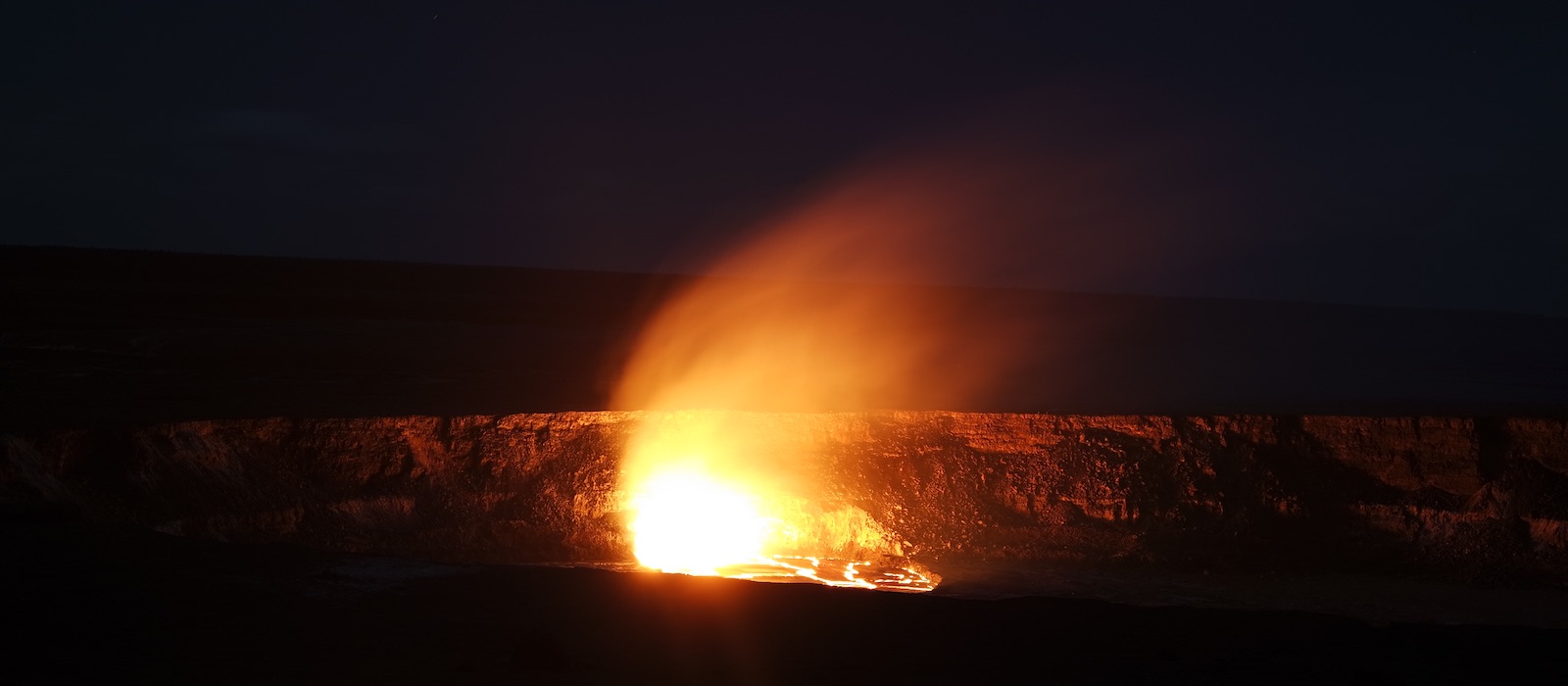IAVCEI Guidelines
The International Association for Volcanology and Chemistry of the Earth’s Interior (IAVCEI), as the representative international association of scientists working on volcanic hazard evaluations and risk mitigation, promotes sustained open discussion amongst the scientific community on many relevant issues, including:
- how to best understand and forecast volcanic activity, the associated hazards, and contribute to risk evaluations; • the appropriate roles and responsibilities of scientists prior to, during and after crises;
- the nature of scientists’ relationships with government authorities, populations at risk, and the media;
- the manner and extent of involvement of scientists in processes that eventually lead authorities to make decisions, the extent of the liability or vulnerability of scientists to outcomes of these decisions, and the way that scientists’ input may be perceived and judged by others;
- the role of national and local culture and perception of risk in both mitigation policy and communication of hazard and risk; • the effectiveness of descriptions of forecasted volcanic phenomena and associated hazards, and of their related uncertainties;
- how to best increase the awareness, preparedness and empowerment of individuals, and society as a whole, in order to reduce the impact of volcanic phenomena on society.
Some damaging and mostly avoidable strains in professional relationships during recent and ongoing volcanic crises have led several of us to ask: "Does IAVCEI need to formulate guidelines for professional interaction during volcanic crises?" Any of our actions that trouble colleagues, no matter how well-intended those actions might be, compromise our time, teamwork, and credibility during volcanic crises -- at the very time when those commodities are most precious.
An IAVCEI subcommittee has examined the need and utility of guidelines and has prepared a draft that has been submitted for publication to the Bulletin of Volcanology. The subcommittee consists of (in alphabetical order) Drs. S Aramaki, R Blong, M Calvache, J-L Cheminee, C Newhall (Chair), R Punongbayan, C Siebe, T Simkin, S Sparks, and W Tjetjep.
The guidelines are non-prescriptive and voluntary. They are intended to help us be sensitive to our own actions during volcanic crises, to avoid pitfalls, and to correct problems of our own behavior.
IUGG Statement “Volcanological and Meteorological Support for Volcanic Ash Monitoring”. (issued on June 1, 2010).
The statement was proposed by the IAVCEI Commission "World Organization of Volcano Observatories" (WOVO) and the IUGG liaisons to the U.N. International Civil Aviation Organization (ICAO).
IUGG together with IAVCEI and ICAO has prepared the Statement on the Eyjafjallajökull eruption and presented it in a Special Issue of the IUGG Eletronic Journal.
The International Council of Science (ICSU) highlighted at main page of its web site the IUGG and IUGS efforts to attract the attention of scientists and society to problems of natural hazards and environmental disasters (www.ICSU.org).
The IUGG Resolution, based on the Statement of the IUGG Commission on Geophysical Risk and Sustainability and IUGG Resolution 8 “Reduction of Risk from Natural Hazards” adopted in Perugia in 2007, can be downloaded here:
